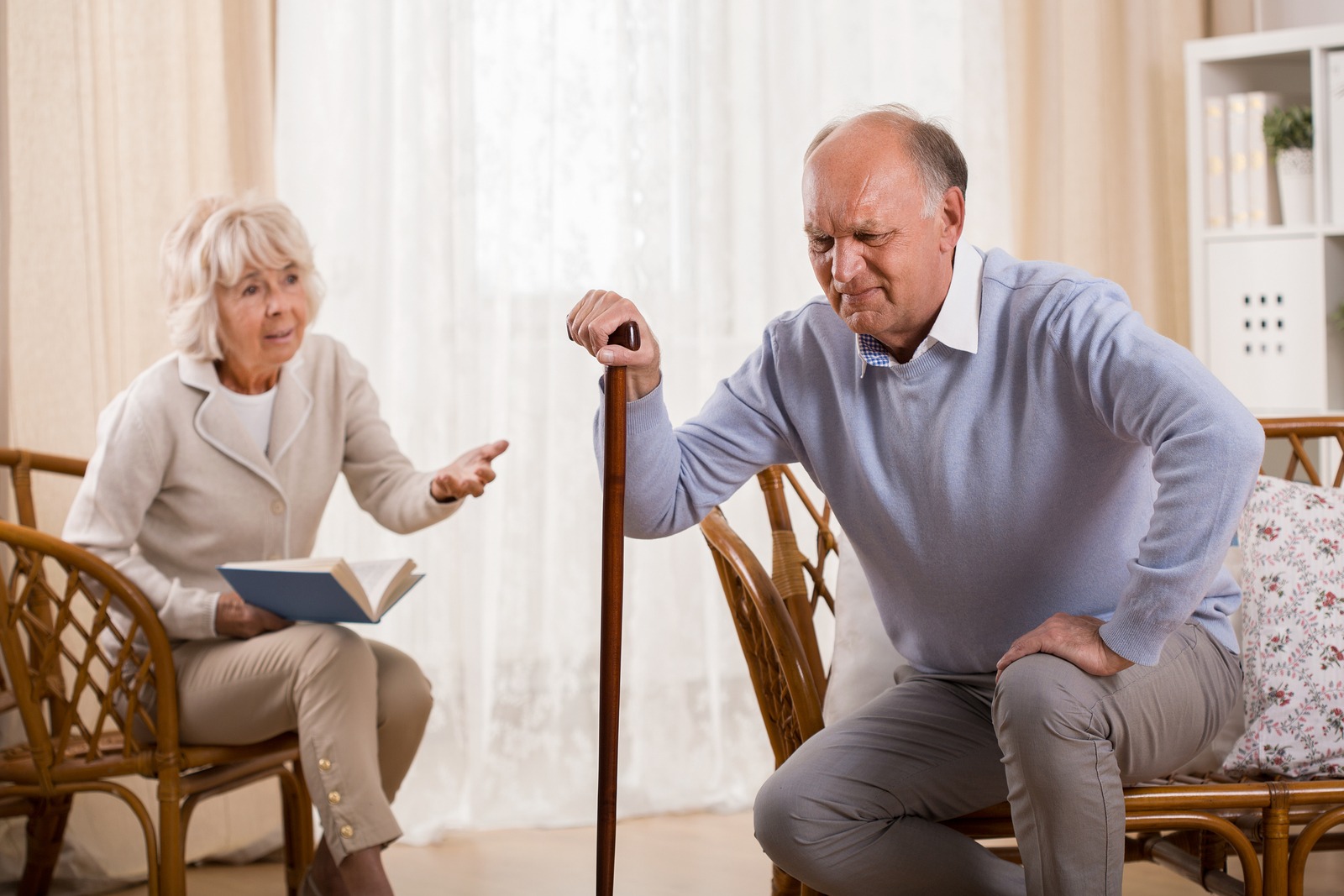
How To Reduce The Risk Of Fractures Among Elderly
Ageing brings with it an increased risk of fractures but there are ways to guard against the trips and slips so commonly responsible for fractures in older people.
Bones lose mineral content with age and become more likely to break during a fall. According to TheHealthSite, one in three women and one in five men over the age of 50 suffer from osteoporosis, which is often undiagnosed until an accident happens.
To prevent such incidents, the website cites a number of considerations worth making at home from orthopaedic knee surgeon Dr Miten Sheth.
Declutter and repair
Keeping clutter to a minimum helps reduce the risk of tripping over items left lying around, especially in hallways and staircases, while repairing loose tiles or other hazards may reduce the chance of slipping.
Wear fitted clothing and shoes
Long, loose clothes can trail along the floor and be stepped on accidentally, potentially resulting in a fall. Likewise, wearing socks without shoes can pose a slipping risk, so wearing some shoes with a rubber sole or tread to better grip the floor may help lower the risk.
Well-lit and on one level
The surgeon advises older people to live on one level where possible, reducing the risks associated with falling on the stairs. Likewise, making sure the property is well lit is important – night lights can provide guidance in darkness.
The bathroom is a common place for trips and slips. Dr Sheth advises the installation of handrails for more support when using the bathroom, while easy access showers and walk in baths can help ensure the elderly can continue to use the bathroom safely yet independently.

